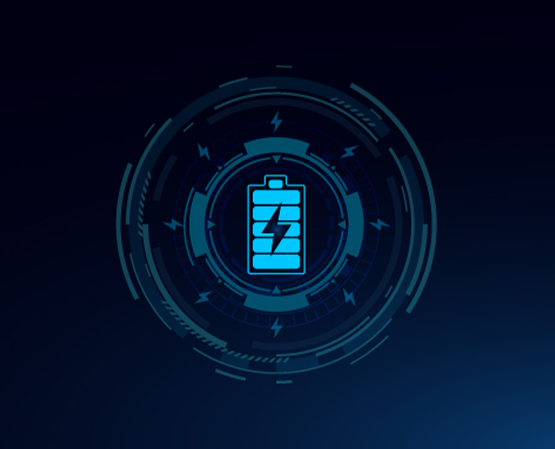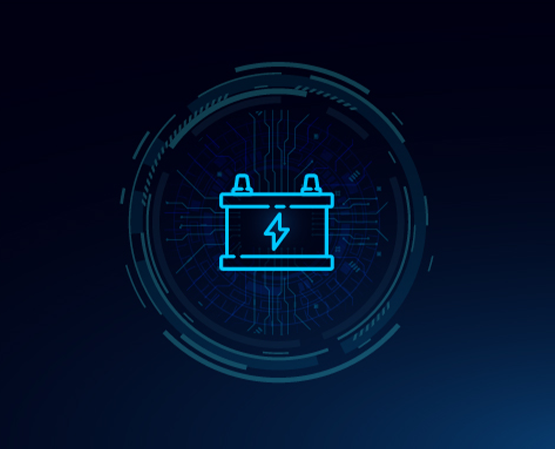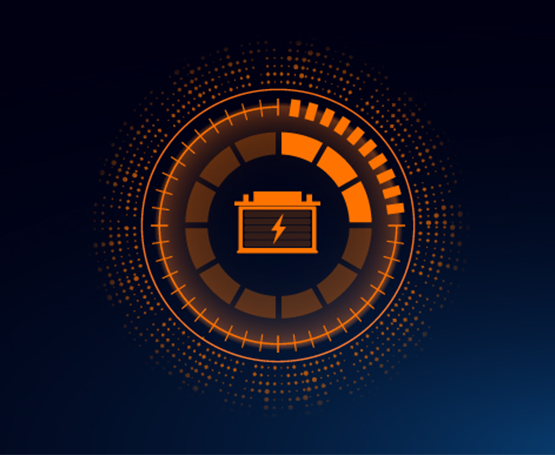
eRCV MAINTENANCE



At Dennis Eagle, we believe that electric refuse collection vehicles (eRCVs) are at the heart of efficient, sustainable, and future-proofed waste management. However, we know that transitioning to eRCVs is a big commitment, so we’re here to help.
Below, we cover essential maintenance considerations and have set out a comprehensive troubleshooting guide so you can get the most out of your electric vehicle from day one.
Follow recommended charging routines and avoid overcharging
Regularly check battery health using diagnostics tools
Watch for signs of wear, such as reduced range or slower charging
Protect batteries from extreme temperatures


Keep your eRCV software up to date for improved performance and reliability
Regularly check for updates from your manufacturer or service provider
Install updates promptly to benefit from the latest features and fixes
Always confirm compatibility before installing updates
Regularly inspect wiring for wear, fraying or damage
Ensure connectors are secure and free from corrosion
Use diagnostics tools to identify electrical faults early
Test the vehicle’s power distribution for consistent performance


Inspect brakes, tyres, and suspension regularly for wear or damage
Ensure all moving parts are lubricated to reduce friction and extend lifespan
Check for unusual noises or vibrations during operation as early warning signs
Look for corrosion or wear on exposed components, particularly in harsh conditions





